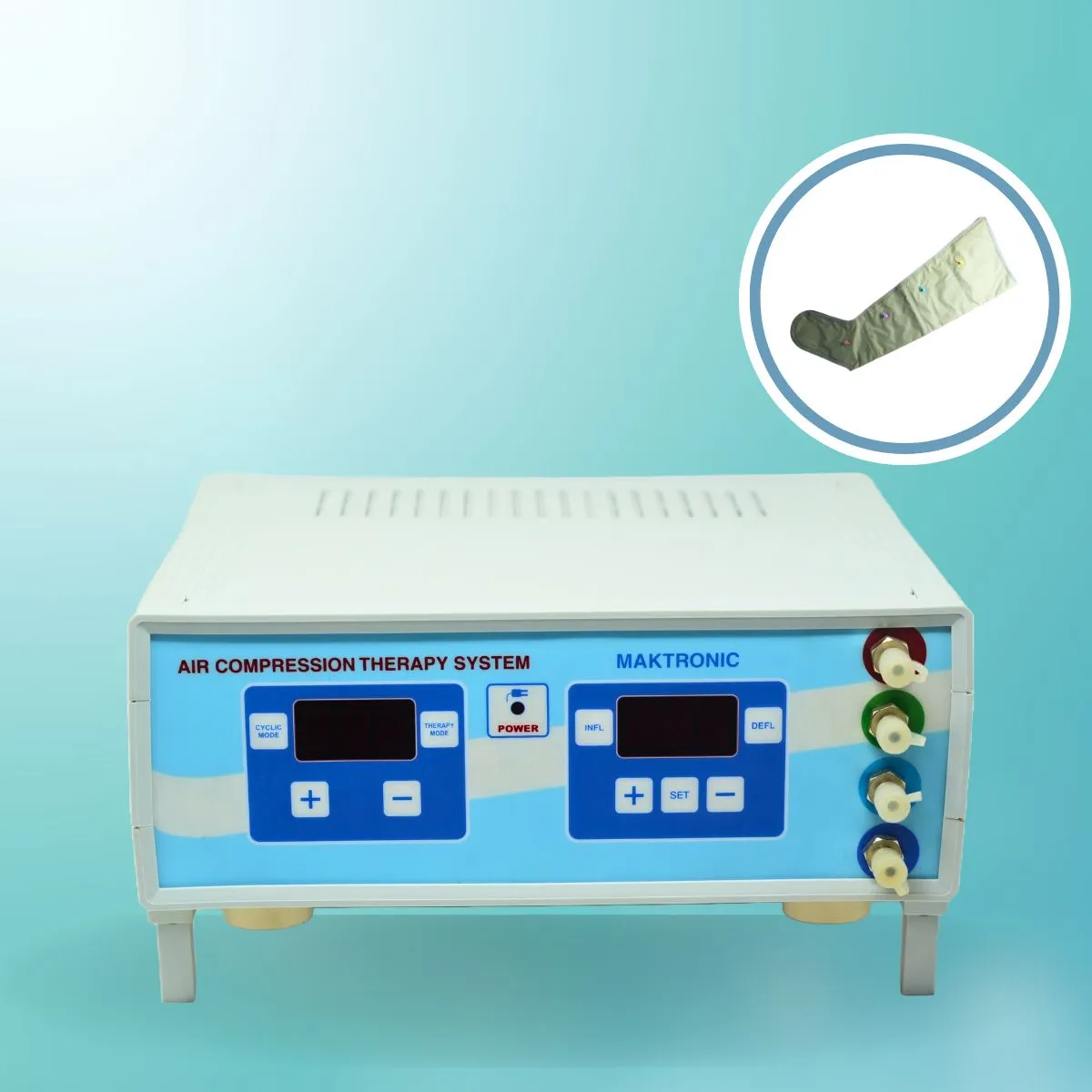DVT
Description
Deep Vein Thrombosis (DVT) in Plastic Surgery – Detailed Description
Deep Vein Thrombosis (DVT) is a serious condition where a blood clot forms in the deep veins, typically in the legs. In plastic surgery, DVT is a significant post-operative concern, especially in patients undergoing lengthy procedures or those with limited mobility during recovery.
Causes and Risk Factors in Plastic Surgery
Patients undergoing plastic or reconstructive surgeries are at increased risk of DVT due to several factors:
-
Surgical Factors:
- Prolonged Operating Time: Procedures lasting over 2-3 hours increase the risk.
- Reduced Mobility: Post-operative immobility reduces blood circulation, promoting clot formation.
- Tissue Trauma: Surgical manipulation can activate the body’s clotting mechanisms.
-
Patient Factors:
- Obesity: Increases pressure on blood vessels.
- Smoking: Impairs blood flow and increases clotting risks.
- Age: Older patients are at higher risk.
- Hormonal Therapy or Birth Control Pills: Elevate clotting tendencies.
- Medical Conditions: Diabetes, hypertension and previous DVT history elevates risk.
Common Plastic Surgery Procedures with Higher DVT Risk
- Abdominoplasty (Tummy Tuck)
- Liposuction (especially large-volume procedures)
- Facelifts and Neck Lifts
- Breast Reconstruction
- Body Contouring Surgeries
Symptoms of DVT
- Leg Swelling: Typically affects one leg.
- Pain or Tenderness: Often starts in the calf.
- Redness or Warmth: The affected area may feel warm to the touch.
- Cramping Sensation: Especially in the lower leg.
If untreated, DVT can lead to pulmonary embolism (PE), a life-threatening condition where the clot travels to the lungs.
Prevention Strategies in Plastic Surgery
Surgeons adopt several preventive measures to minimize DVT risk:
-
Pre-operative Measures:
- Assess patient risk factors.
- Discontinue hormonal medications or smoking before surgery if advised.
-
Intra-operative Measures:
- Use of sequential compression devices (SCDs) to improve blood circulation.
- Positioning the patient to reduce venous compression.
-
Post-operative Measures:
- Early ambulation (encouraging movement soon after surgery).
- Prescribing anticoagulant medications like heparin or enoxaparin in high-risk cases.
- Use of compression stockings to enhance blood flow.
Diagnosis and Treatment
-
Diagnosis:
- Doppler Ultrasound: Primary method to detect DVT.
- D-dimer Test: Measures clotting activity in the blood.
-
Treatment:
- Anticoagulants (Blood Thinners): Prevent clot growth and reduce recurrence.
- Thrombolytic Therapy: Used in severe cases to dissolve large clots.
- Inferior Vena Cava (IVC) Filter: May be placed in patients at high risk of pulmonary embolism.
Conclusion
DVT is a serious yet preventable risk in plastic surgery. By identifying high-risk patients, implementing preventive strategies and ensuring early mobility, surgeons can significantly reduce the incidence of DVT. Prompt recognition and treatment are crucial to avoid life-threatening complications like pulmonary embolism, ensuring safer surgical outcomes.


